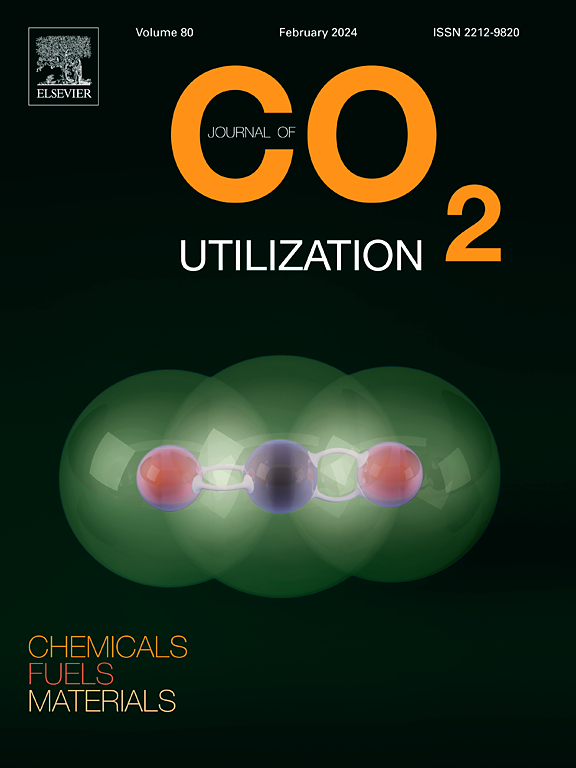裸盖菇素生产的环境可持续性是否有改善的空间?
IF 8.4
2区 工程技术
Q1 CHEMISTRY, MULTIDISCIPLINARY
引用次数: 0
摘要
精神健康障碍及其相关的经济影响在国内和全球继续上升。2023年,为了扩大难治性抑郁症(TRD)患者的治疗选择,澳大利亚治疗用品管理局(TGA)允许精神科医生领导裸盖菇素辅助心理治疗。裸盖菇素是一种天然存在于致幻蘑菇中的致幻色胺,目前通过合成或化学酶的方法被合成用于临床。不幸的是,基于合成的方法受到低产量、高材料成本、多步骤和费力的过程控制的限制。使用近代(“新”)溶剂,如超临界二氧化碳(scCO2),为合成技术提供了一种环境可持续的替代方案。超临界二氧化碳(scCO2)具有选择性提取、低超临界工艺参数(31.7°C和72 bar)、通过植物基质的高渗透性以及萃取后残留物少等优点,是从真菌生物量中提取新型迷幻色胺的一个有希望的选择。目前,没有出版物证明使用scCO2从任何植物生物量中提取迷幻色胺。在这里,为了更好地理解替代裸盖菇素供应途径的可行性和必要性,我们回顾了目前的合成、生物合成和化学酶生产方法,并与从真菌生物量中提取scCO2作为一种可行的、环保的替代方法的可能性进行了比较。此外,简要概述了迷幻蘑菇及其迷幻色胺的药用重要性。本文章由计算机程序翻译,如有差异,请以英文原文为准。
Is there mush-room to improve the environmental sustainability of psilocybin production?
Mental health disorders and associated economic impact continue to rise domestically and globally. In 2023, to expand treatment options for individuals suffering Treatment Resistant Depression (TRD), the Therapeutic Goods Administration (TGA) of Australia has permitted psychiatrist lead psilocybin-assisted psychotherapy. Psilocybin, a psychedelic tryptamine found naturally in psychedelic mushrooms is presently synthesised, for clinical use, through synthetic or chemoenzymatic methods. Unfortunately, the synthesis-based methods are limited by low production yields, high material costs, multiple steps, and laborious in-process controls. Use of neoteric (“new”) solvents, such as supercritical carbon dioxide (scCO2) offers an environmentally sustainable alternative to synthetic techniques. Favoured for its selective extraction, low supercritical process parameters (31.7°C and 72 bar), high permeability through plant matrices, and a lack of post-extraction residues, supercritical carbon dioxide (scCO2) presents a promising option for extracting novel psychedelic tryptamines from the fungi biomass. Presently, no publications demonstrate the use of scCO2 in the extraction of psychedelic tryptamines from any plant biomass. Herein, to better understand the plausibility and need of alternative psilocybin supply pathways, the current synthetic, biosynthetic and chemoenzymatic production options are reviewed and compared to the possibility of scCO2 extraction from the fungi biomass as a viable, environmentally conscious alternative. Additionally, a brief overview of psychedelic mushrooms and the medicinal importance of their psychedelic tryptamines is provided.
求助全文
通过发布文献求助,成功后即可免费获取论文全文。
去求助
来源期刊

Journal of CO2 Utilization
CHEMISTRY, MULTIDISCIPLINARY-ENGINEERING, CHEMICAL
CiteScore
13.90
自引率
10.40%
发文量
406
审稿时长
2.8 months
期刊介绍:
The Journal of CO2 Utilization offers a single, multi-disciplinary, scholarly platform for the exchange of novel research in the field of CO2 re-use for scientists and engineers in chemicals, fuels and materials.
The emphasis is on the dissemination of leading-edge research from basic science to the development of new processes, technologies and applications.
The Journal of CO2 Utilization publishes original peer-reviewed research papers, reviews, and short communications, including experimental and theoretical work, and analytical models and simulations.
 求助内容:
求助内容: 应助结果提醒方式:
应助结果提醒方式:


